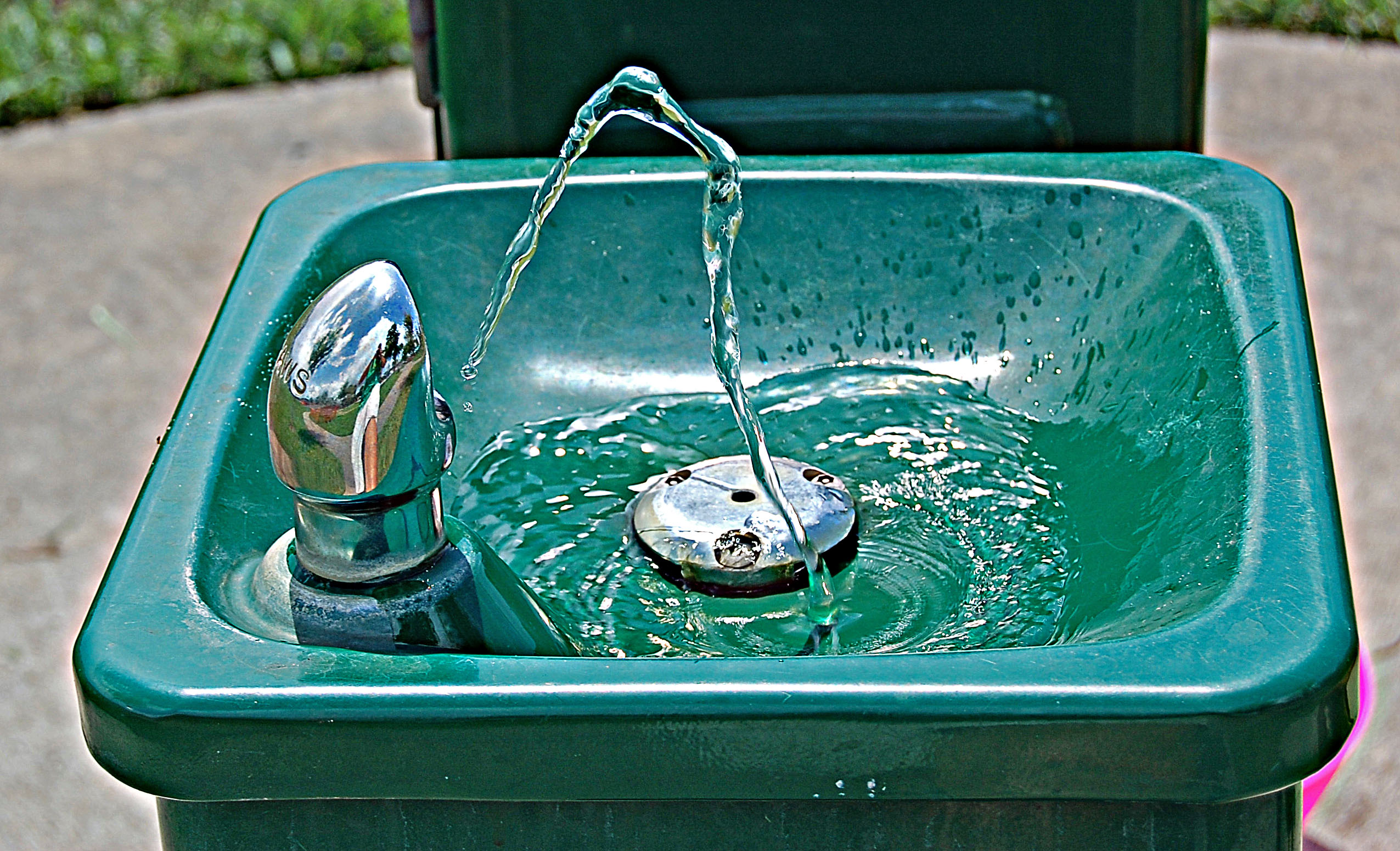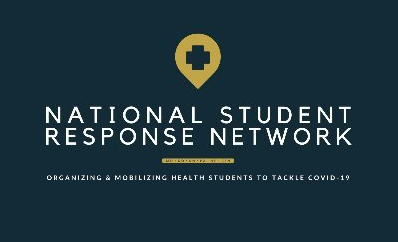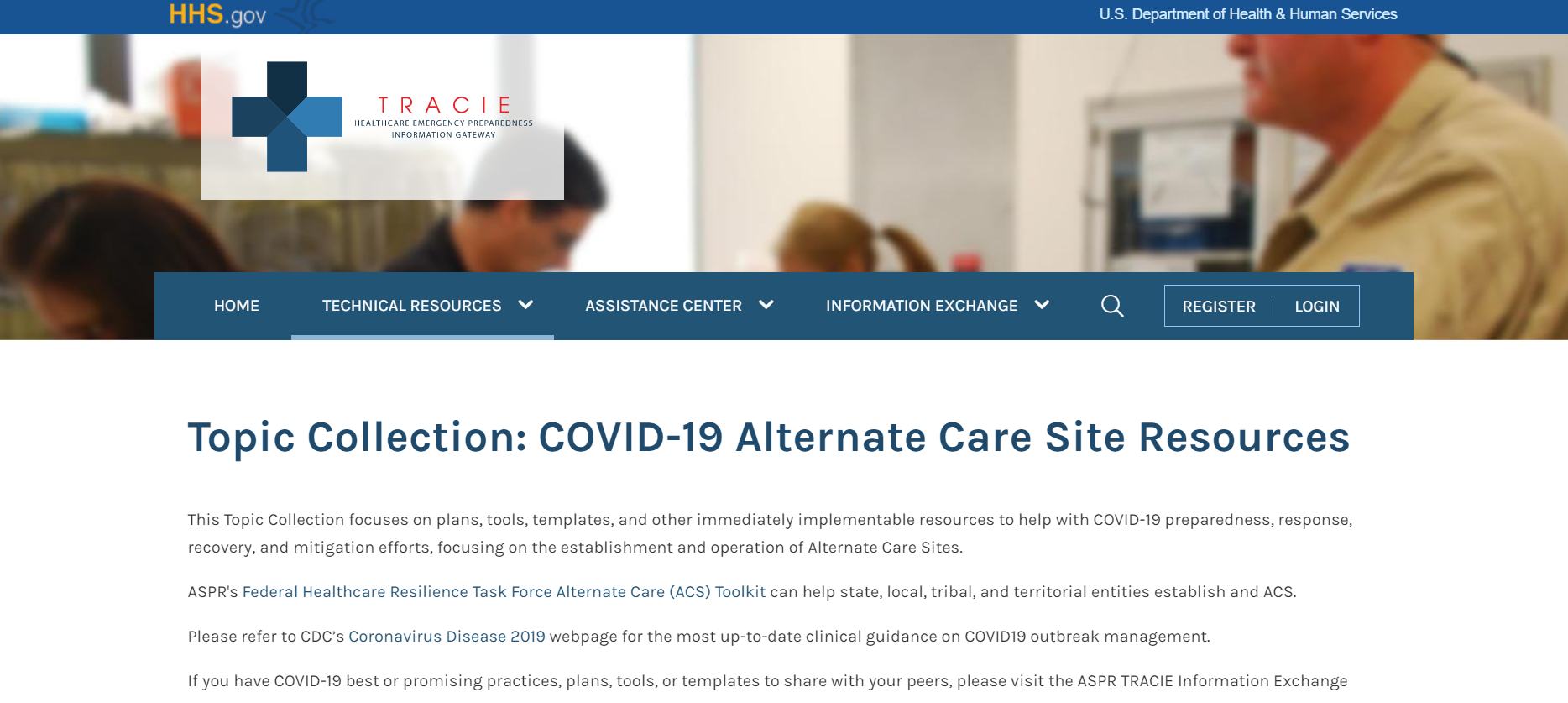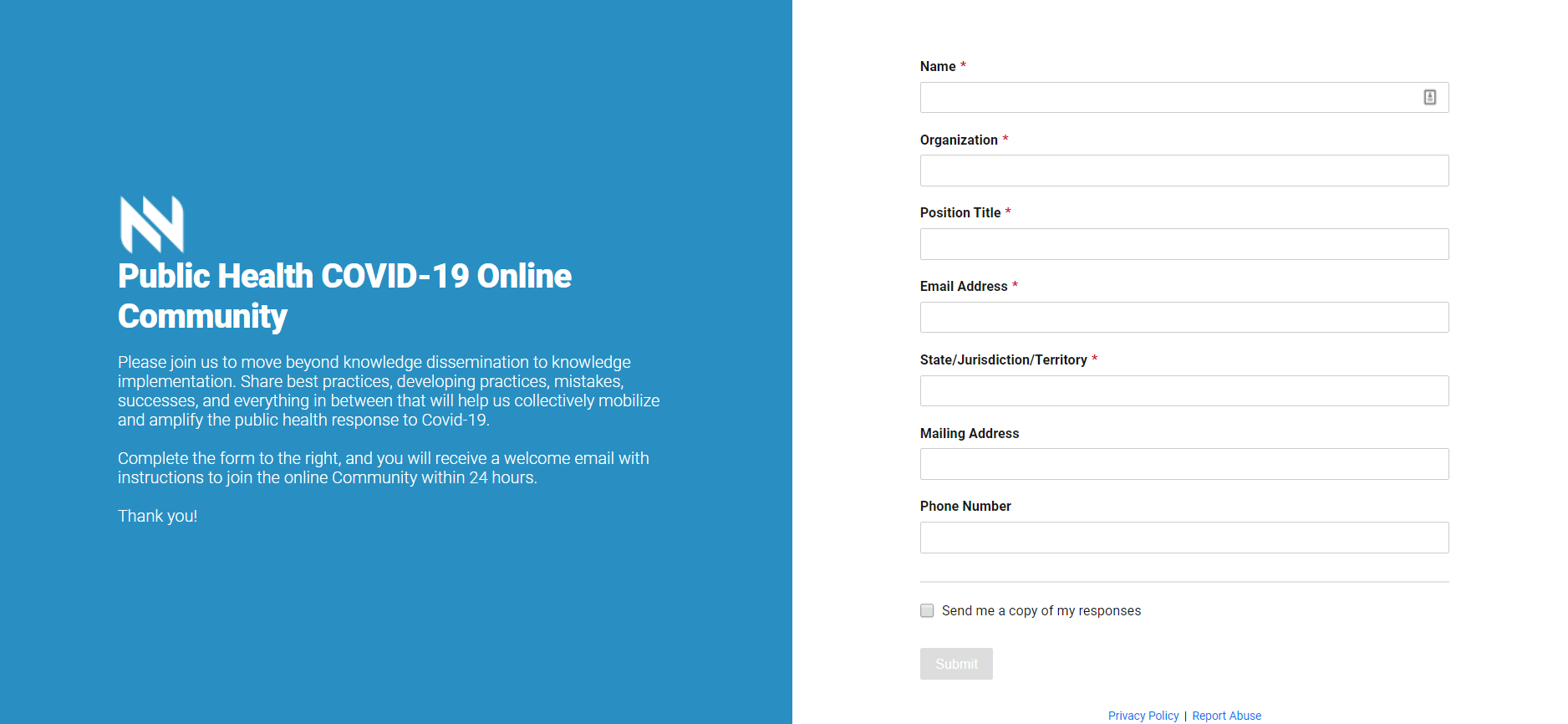Popular Categories
Shine a Spotlight on Your Local Health Department with Storytelling
What happens when a scenic tourist destination faces a tuberculosis (TB) outbreak? Sheboygan, WI found out in the spring of 2013 when...
Feb 19, 2014 | Admin
The Atlanta “Snowpocalypse”–The Case for Preparedness Training for Rare Weather...
For U.S. cities like Albany and Green Bay that are accustomed to winters of low temperatures and high snow drifts, two inches of snow...
Feb 05, 2014 | Rachel Schulman
Public Health Response Systems In-Action: Learning from Local Health Departments’...
NACCHO staff contributed to a research study about the role of health departments in responding to disease and health threats. This...
Dec 03, 2013 | Admin
NACCHO Staff Report: Indiana State Level Exercise Tests Preparedness and Response...
Andrew Roszak served as a subject matter expert and evaluator at the State of Indiana's State Level Exercise (SLE) at Muscatatuck...
Oct 03, 2013 | Andy Roszak
Medical Reserve Corps Units Help Their Communities Get Ready during National...
Today is Get Ready Day, which reminds Americans to prepare themselves, their families, and their communities for all disasters and...
Sep 17, 2013 | Admin
Integrating Extreme Weather Events into Preparedness Planning
Authors: Resham Patel, MPH, Senior Program Analyst and Stacy Hosler, MSPH, Program Analyst; Public Health Preparedness, NACCHO In 2011...
Sep 08, 2013 | Resham Patel
Shine a Spotlight on Your Local Health Department with StorytellingWhat happens when a scenic tourist destination faces a tuberculosis (TB) outbreak? Sheboygan, WI found out in the spring of 2013 when a case of TB arose in a family in this city of nearly 50,000 on the shores of Lake Michigan. Although Sheboygan County averages three active cases of TB per year, it became […] Feb 19, 2014 | Admin |
The Atlanta “Snowpocalypse”–The Case for Preparedness Training for Rare Weather EventsFor U.S. cities like Albany and Green Bay that are accustomed to winters of low temperatures and high snow drifts, two inches of snow is barely cause for concern. In the warmer cities of the south, however, what may seem like a minor weather event can be a major disruption to the community. Atlanta found […] Feb 05, 2014 | Rachel Schulman |
Public Health Response Systems In-Action: Learning from Local Health Departments’ Experiences with Acute and Emergency IncidentsNACCHO staff contributed to a research study about the role of health departments in responding to disease and health threats. This article, published in the journal PLoS ONE, examines the common themes in health departments’ response patterns that will influence predictions and expectations for the resources and capabilities required to respond to future acute events. More than 120... Dec 03, 2013 | Admin |
NACCHO Staff Report: Indiana State Level Exercise Tests Preparedness and Response CapabilitiesAndrew Roszak served as a subject matter expert and evaluator at the State of Indiana's State Level Exercise (SLE) at Muscatatuck Urban Training Center in Butlerville, Indiana. This year's exercise simulated severe weather sweeping through a town in Indiana, including an EF3 tornado, damaging winds, and heavy rainfall that produced localized flooding. Oct 03, 2013 | Andy Roszak |
Medical Reserve Corps Units Help Their Communities Get Ready during National Preparedness MonthToday is Get Ready Day, which reminds Americans to prepare themselves, their families, and their communities for all disasters and hazards, including pandemic flu, infectious disease, natural disasters, and other emergencies. While it is important to take the time today to prepare for a disaster or emergency, Americans should be prepared all year for any unforeseen event. Sep 17, 2013 | Admin |
Integrating Extreme Weather Events into Preparedness PlanningAuthors: Resham Patel, MPH, Senior Program Analyst and Stacy Hosler, MSPH, Program Analyst; Public Health Preparedness, NACCHO In 2011 and 2012, the United States experienced 25 extreme weather events—storms, floods, droughts, heat waves, and wildfires—that each caused at least $1 billion in damages.[1] These events resulted in a total price tag of over $174 billion […] Sep 08, 2013 | Resham Patel |
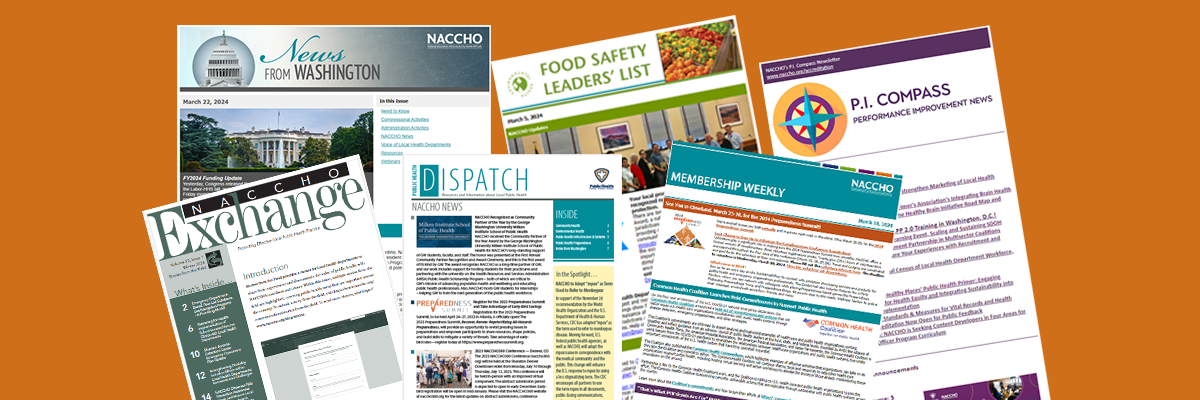
Subscribe Today
Sign Up for the E-mail Digests
Create an account or login to MyNACCHO and go to "My Subscriptions."
SUBSCRIBE NOW
